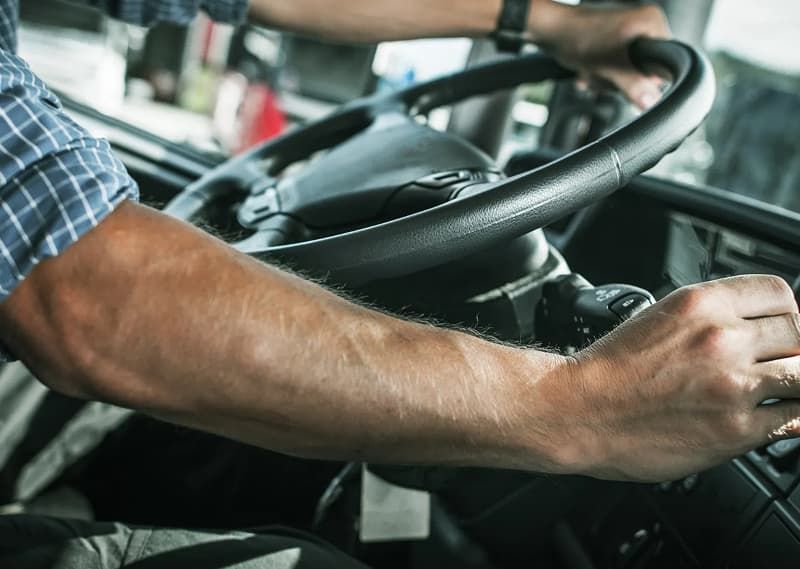12 Essential Maintenance Habits Every Driver Should Master
It is a privilege to own a car, and there is the responsibility. In addition to the pleasure of being on the road, cars require regular maintenance in order to remain effective, safe, and long-lasting. Maintenance does not demand professional skills of a mechanic but it takes awareness, regularity, and some proper habits. The following are 12 basic but common maintenance tips that every car owner must be aware of to ensure that their car will continue to run smoothly in the years to come.

Checking engine oil regularly is one of the easiest, and at the same time, one of the most essential habits. The oil coats the moving components of the engine, thus eliminating friction and heat. It is supposed to be checked after every few weeks or lengthy trips. Draw out the dipstick, wipe off, re-insert and observe the level. When it falls below the minimum mark or appears dark and gritty, then it is time to change. The majority of the modern cars need oil change after every 5,000 to 7,000 miles, however, it is always worth checking with your manufacturer.
The other make or buy aspect of a car performance is tire maintenance. Correct tire pressure guarantees fuel efficiency, improved handling and even tread wear. Tires that are underinflated may overheat and cause blowouts whereas overinflated tires are less tractive. Monthly check pressure levels with a good pressure gauge, including spare tire. It is also advisable to rotate your tires after every 6,000 miles to evenly distribute the wear and increase their life span.
It is also important to check on the brake system. Brake pads wear out, although postponing replacement may harm rotors, which is a far more expensive repair. Trouble is indicated by squealing, grinding, or a vibrating pedal of the brake. Check pads and fluid at least once every six months, particularly when you are driving under hilly or stop-and-go conditions.
Not many drivers know how important it is to maintain coolant. Coolant helps in avoiding overheating of the engine and corrosion. It is to be flushed and changed approximately every 30,000 miles. The coolant reservoir should have a milky or rusty look, which may be the result of contamination or a broken gasket—this is something that should be addressed immediately.
The health of the batteries is not given much attention until the car stops starting. Wipe the terminals with a baking soda and water solution periodically to ensure that there is no corrosion, and look at the swelling or leaks. When your car is hard to start or the lights are dim when you are idling, have the car battery voltage checked. They last three to five years, though extreme weather reduces this life span.
Windshield wipers, as well as washer fluid, are also essential to the visibility and safety. Changing the wiper blades should be every six to twelve months, or earlier, when they streak or skip. The washer fluid should also be maintained with a winter grade formula to avoid being frozen in cold weather.
Air filters are car lungs. A contaminated engine air filter will lower the performance and fuel economy, and a blocked cabin filter may aggravate allergies and cloud windows. Check them both once a year; they are cheap to replace and install.
Transmission fluid is the blood of smooth gear shifting, and is frequently ignored. Test it once a month, level and color—bright red is healthy, dark or burnt-smelling fluid is disease. It can be flushed and replaced after every 30,000 to 60,000 miles to avoid the expensive transmission repair.
Belt and hose inspections should not be underestimated. Rubber materials wear out and crack or fray due to heat and pressure. Check during oil changes by examining them in case of bulges, splits or soft spots. A broken serpentine belt may shut down several systems simultaneously, including the alternator and the power steering.
Exterior care matters too. Frequent washing of your car will help to eliminate corrosive road salt, tree sap and pollutants that destroy paint. The use of a protective wax layer twice a year protects the finish and oxidation.
Maintenance of headlights is another step that is easily forgotten. Dark or smoky headlights lower the night visibility and safety. Wash them using a restoration kit or gentle abrasive polish. In addition, use two bulbs at a time to create equal light.
Finally, listen to your car. It uses unusual sounds, rattles, whines, knocks, as a means of communicating distress. Minor problems can be resolved at the first stage to avoid bigger and more costly problems in the future.
 Disclaimer:
Disclaimer:
The content provided on our blog site traverses numerous categories, offering readers valuable and practical information. Readers can use the editorial team’s research and data to gain more insights into their topics of interest. However, they are requested not to treat the articles as conclusive. The website team cannot be held responsible for differences in data or inaccuracies found across other platforms. Please also note that the site might also miss out on various schemes and offers available that the readers may find more beneficial than the ones we cover.
Featured Articles
-
 Automotive
Automotive5 Professional Secrets to Get the Best Deals When Buying a Car
-
 Finance
FinanceEssential Financial Literacy Concepts Every Beginner Must Understand
-
 Finance
FinanceThe Power and Need for High- Yield Savings Accounts
-
 Travel
TravelWho Qualifies for Airline Discounts and How to Figure it Out
-
 Home & Garden
Home & GardenFive Foods You Should Stop Putting in That Nonstick Pan
-
 Finance
FinanceDistinctive Characteristics of Term Life Insurance Differ from Those of Universal Life Insurance




